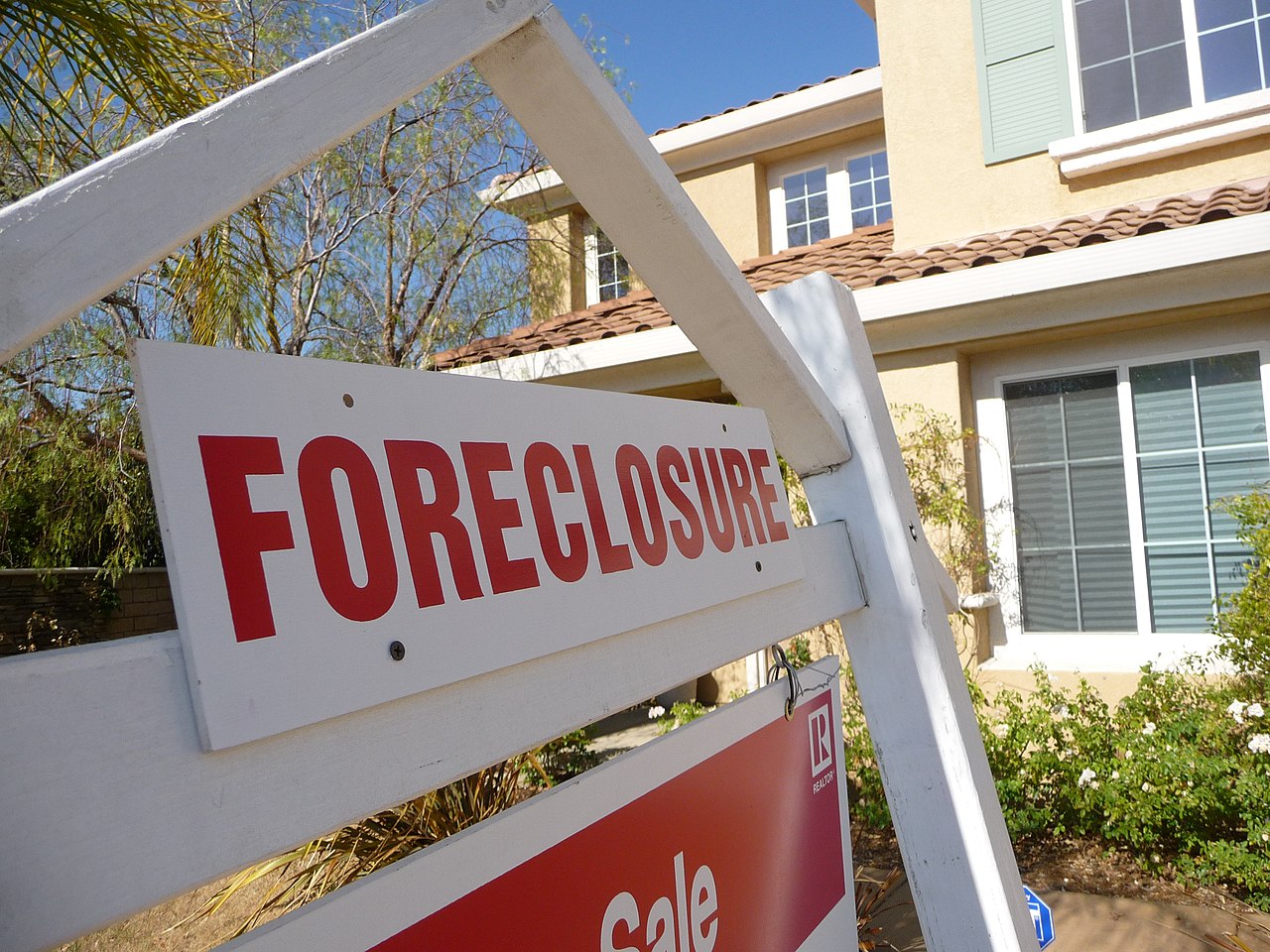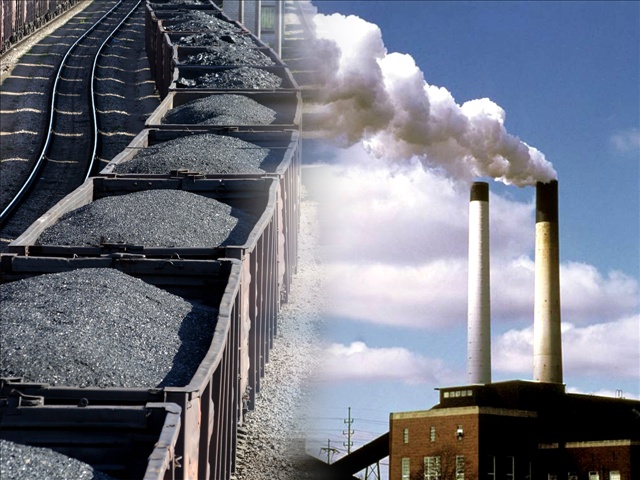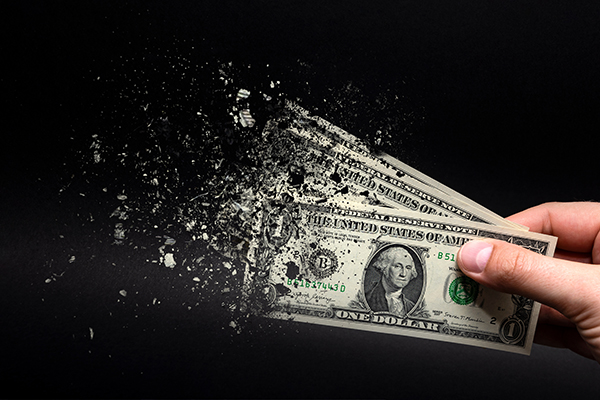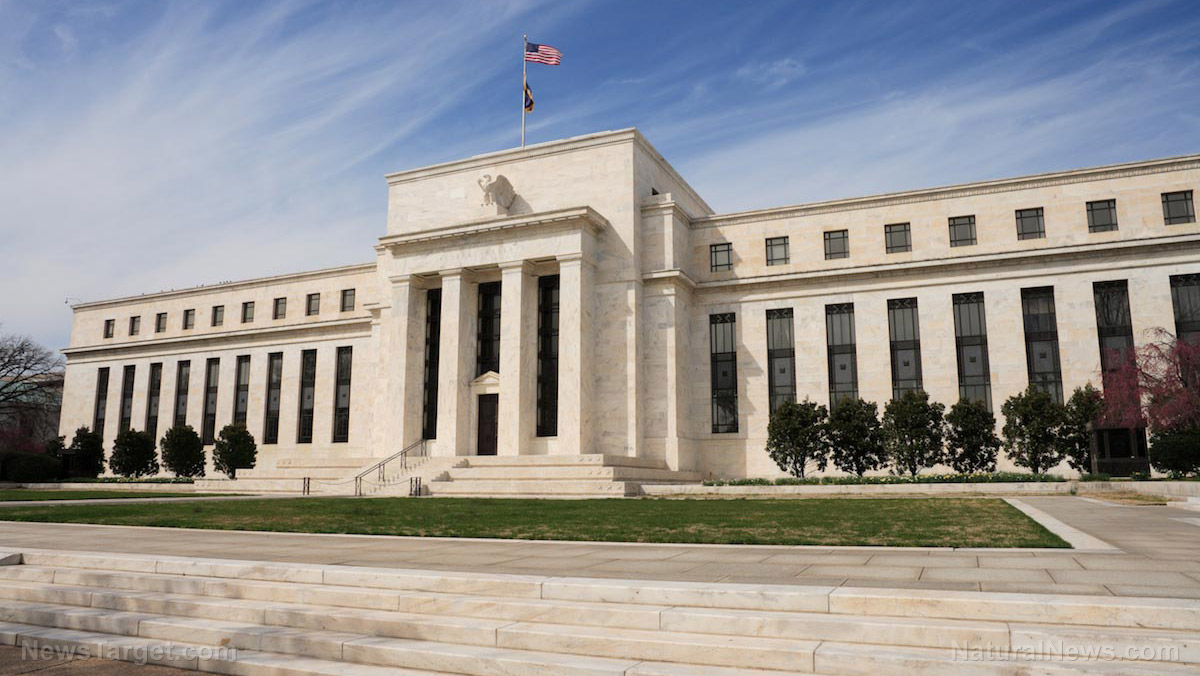Foreclosure wave hits U.S. as cost-of-living crisis squeezes homeowners
04/17/2025 / By Ramon Tomey

- Foreclosure filings rose sharply in Q1 2025 – up 11 percent quarterly – with March alone seeing 35,890 filings. This reverses three straight quarters of decline, signaling renewed financial distress among homeowners.
- High mortgage rates (above 6.5 percent) and inflation are squeezing homeowners, especially those with variable-rate loans. Refinancing is unaffordable for many who secured mortgages during low-rate periods.
- Delaware, Illinois and Nevada had the highest foreclosure rates, while cities like Chicago, New York and Houston saw the most filings. Columbia (SC), Lakeland (FL), and Bakersfield (CA) topped metro-area foreclosure rates.
- Federal policies, like extended relief for hurricane-affected FHA borrowers and the end of a veteran-assistance program, added complexity. Foreclosure timelines shortened to 671 days on average, with stark state variations (e.g., Louisiana’s more than 2,000 days vs. Texas’ roughly 100 days).
Amid persistently high interest rates and economic strain, foreclosure filings surged in the first quarter of 2025, marking a sharp reversal after three consecutive quarters of decline.
According to a report by ATTOM, a leading real estate data firm, the month of March alone saw 35,890 filings – an 11 percent monthly increase. A total of 93,953 U.S. properties faced foreclosure filings between January and March – also an 11 percent increase from the previous quarter.
The uptick signals growing financial distress among homeowners grappling with elevated mortgage rates, which have remained above 6.5 percent for months, squeezing those with variable-rate loans especially hard. While foreclosure levels remain below historic peaks, the trend underscores the lingering pressure of inflation and high borrowing costs. It also highlights regional economic disparities, with states like Delaware, Illinois and Nevada seeing the highest rates.
The rise in foreclosures reflects broader economic headwinds. Homeowners who secured mortgages during years of near-zero interest rates now face steeper payments as refinancing proves unaffordable. (Related: Foreclosures have already begun to surge amid economy-destroying Fed rate hikes.)
ATTOM CEO Rob Barber noted that while strong home equity in many markets has so far prevented a broader crisis, the recent uptick suggests “some homeowners may be starting to feel the pressure of ongoing economic challenges.”
Notably, foreclosure starts in the first quarter climbed 14 percent from late 2024 – with Kansas, Delaware and Oklahoma experiencing annual spikes of over 40 percent. Major metro areas including Chicago, New York City and Houston bore the brunt, accounting for the highest raw numbers of filings.
Regional disparities paint a stark picture. Columbia, South Carolina, recorded the highest foreclosure rate nationwide, with one in every 683 housing units affected, followed by Florida’s Lakeland and California’s Bakersfield and Riverside. These states, already vulnerable due to a mix of economic volatility and natural disasters, highlight the uneven impact of the crisis.
Mortgage meltdown: America’s hidden foreclosure fallout
Meanwhile, federal policies have added complexity. The Department of Housing and Urban Development extended foreclosure relief for homeowners with Federal Housing Administration loans in hurricane-affected areas, while the Trump administration drew criticism for ending a program assisting veterans at risk of foreclosure. Lawmakers clashed over the decision, with Democrats warning it would exacerbate housing insecurity among veterans.
Foreclosure timelines have shortened significantly since 2020, with homes now taking an average of 671 days to complete the process – down 12 percent from late 2024. Louisiana and Hawaii still endure the longest waits, exceeding 2,000 days, while New Hampshire and Texas resolve cases in just over 100 days. Analysts cautiously project mortgage rates may dip to 6.3 percent by year’s end, offering potential relief, but the immediate outlook remains precarious for struggling households.
The resurgence of foreclosures serves as a barometer of economic fragility. While systemic buffers like home equity have so far prevented a collapse akin to the 2008 crisis, the latest data reveals cracks in the foundation – proof that even modest financial shocks can push vulnerable owners over the edge. As policymakers debate interventions, thousands of families face an uncertain future, their homes caught in the crosshairs of a cost-of-living crisis with no easy resolution in sight.
Watch Rob Kientz elaborating on the news that hundreds of thousands of homes may go into foreclosure upon expiry of mortage bailout policies below.
This video is from the Prosciencetruth channel on Brighteon.com.
More related stories:
Destiny USA defaults on $300 million mortgage, raising foreclosure concerns.
New York City commercial real estate in trouble as major building sells at 97.5% discount.
Sources include:
Submit a correction >>
Tagged Under:
ATTOM, Bubble, Collapse, cost of living crisis, debt bomb, debt collapse, economics, economy, finance riot, foreclosure, foreclosure filings, homeless agenda, homeowners, housing bubble, interest rates, market crash, money supply, mortgage, pensions, refinancing, risk
This article may contain statements that reflect the opinion of the author
RECENT NEWS & ARTICLES
COPYRIGHT © 2017 BUBBLE NEWS


















